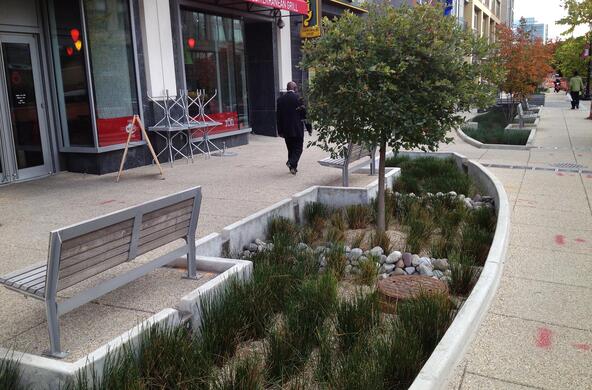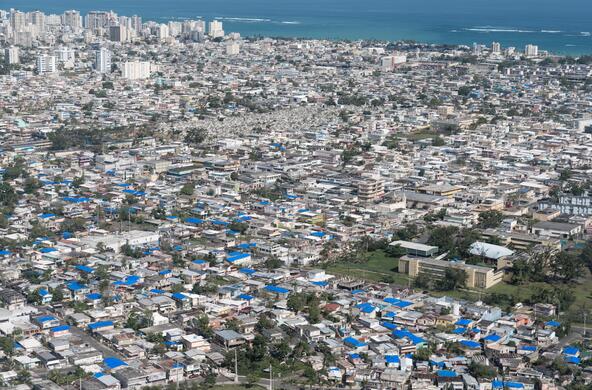Learn how ecologists, urban planners, and landscape architects can use research insights to improve urban justice now and in the future.
Segregation, by race, class, indigeneity, immigration status, and other social distinctions, is a nearly ubiquitous feature of the American landscape. Yet segregation has rarely been considered as a factor that shapes how people experience the natural and built environment, with direct impacts to the health and safety of marginalized communities.
This event features urban ecologist Dr. Steward Pickett of Cary Institute, landscape architect Anne Whiston Spirn of MIT, and urban planner Dr. Marccus Hendricks of University of Maryland. Topics to discussed include: lasting legacies of redlining, connections among segregation and exposure to environmental pollution and disasters, and the importance of using social data to guide just practices in urban planning and design.
The speakers also spotlight projects that are working to restore nature, improve urban infrastructure, and achieve environmental justice. Among them: the West Philadelphia Landscape Project, the Stormwater Infrastructure Resilience and Justice Lab, and the Baltimore Ecosystem Study.
Resources
Online tools
The Role of Trees [Interactive story]
Baltimore's tree canopy and the legacy of redlining.
Redlining Louisville: Racial Capitalism and Real Estate
Compare maps of segregation, poverty, and income in Louisville, KY in the context of history.
Not Even Past
Maps of US cities comparing redlining to current social vulnerability.
EPA's Environmental Justice Screening and Mapping Tool
Compare factors such as proximity to pollution sources, demographics, and socioeconomic indicators in cities throughout the US.
Mill Creek Mapper
Explore the area of Mill Creek, Philadelphia PA.
Articles & papers
The Most Diverse Cities Are Often The Most Segregated
Analysis of segregation and diversity in major cities of the US.
Black-White Segregation Edges Downward Since 2000, Census Shows
Brookings Institution report on Black-white segregation trends.
Unequal Protection Revisited: Planning for Environmental Justice, Hazard Vulnerability, and Critical Infrastructure in Communities of Color
Review demonstrating how fundamental principles of EJ can bolster and compliment those of social vulnerability (SV) with a focus on stormwater systems and flood risks.
Leveling the Landscape: Landscape Performance as a Green Infrastructure Evaluation Tool for Service-Learning Products
Study examining the use of landscape performance models in evaluating proposed master plan parameters. It is situated in Manchester, a community in Houston that is physically and socially vulnerable to flooding.
Landscape Literacy and Design for Ecological Democracy: The Nature of Mill Creek
Exploration of issues of landscape literacy, ecological democracy, and the interplay between poverty, race, and environmental quality,
Voices to follow
@mdhDuBois
@PriscilaBRAlves
@arbol_y_agua
@EcoGreenQueen
@drmayaelizabeth
@danielle_zoe
@siianadela
Additional resources
Ecological Urbanism [MIT Class-Anne Whiston Spirn]
Readings and other materials.
Anne Whiston Spirn [Personal site]





